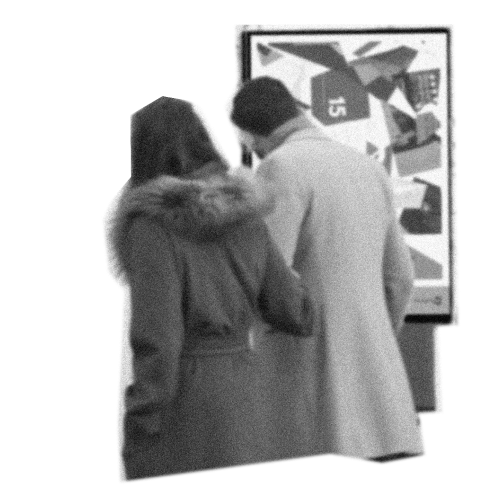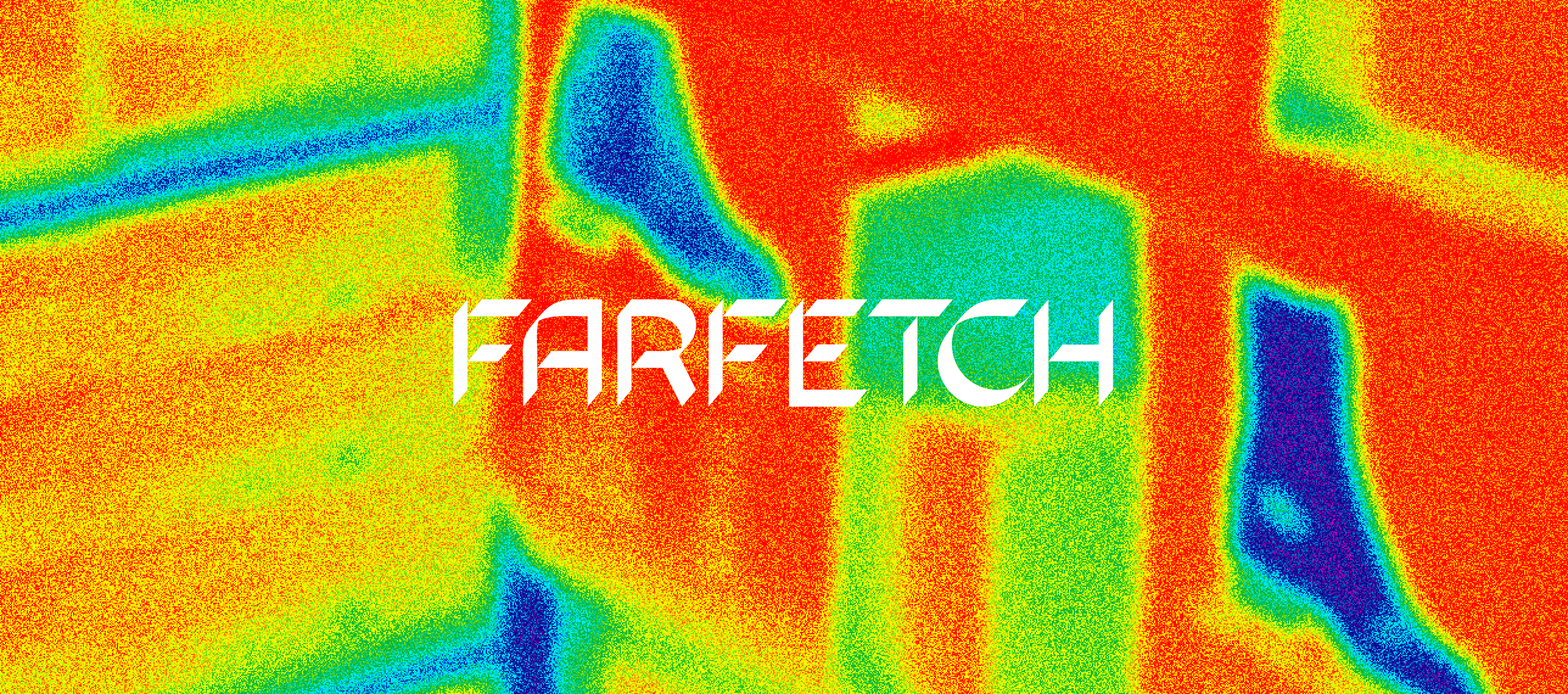
Farfetch is the biggest platform for luxury fashion, it creates technology that supports not only its own marketplace, Farfetch.com, but also white label e-commerce and other services in the industry. My role as a Product designer in the Platform team is to design tools to allow our internal teams and partners to run their business efficiently. This has ranged from Customer service handling of returns, to product catalogue and rethinking our reporting offering for Merchants on the platform. It’s a constant challenge to strike a balance and make complex processes both clear and efficient, but incredibly rewarding to make the life of workers using our tools easier and allow small business to sell online worry free.

SELF-SERVICE REPORTING
For merchants selling through the Farfetch platform, understanding your performance is key to improving it. The current self-service offering for performance data does not enable them to do it efficiently, making our partners, especially on the smaller end, have to rely on manually generated reports. This creates in turn a huge effort for our partner-facing team to create and share those reports.
This project set to update our data offering to partners by bringing them the possibility to access more information about their performance by themselves. The big question being how can we help merchants take the right decisions for their business big giving them access to data.
B2B DESIGN SYSTEM
When not delivering project work, I spend an increasing amount of my time managing the design contribution to Farfetch’s B2B Design System. This means advancing the system to meet the needs of multiple teams relying on it to deliver tooling experiences, and enable them to build quality products at scale. I’ve grown from an individual contributor to the system, building specifications and exploring components, to now working more system wide. Whether organising our group of a few brilliant part-time contributors, setting objectives, being the voice of B2B Design in wider DS forums, or constantly updating our processes to meet problems where they are. It’s chaotic, but it’s worth it.
Read the case study ⟶

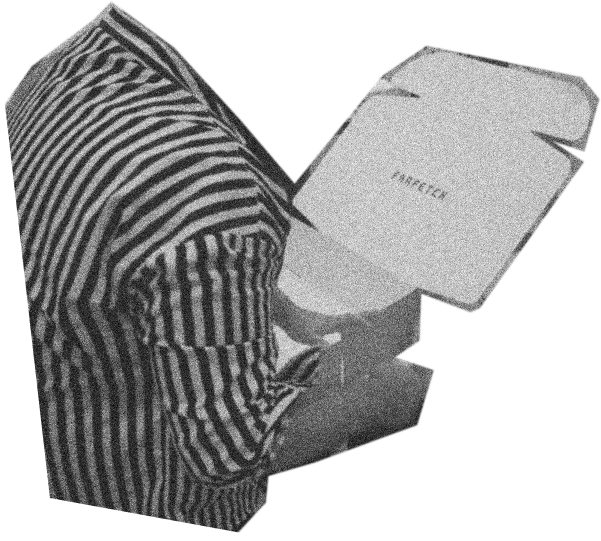
RETURNS FOR CUSTOMER SERVICE
After signing Harrods as our biggest white label client yet, it was decided that they would keep their customer service teams and start using Farfetch’s tool. This created the opportunity to move the handling of returns by customer service from a legacy tool to the current one, the Single Customer View, and improve it along the way.
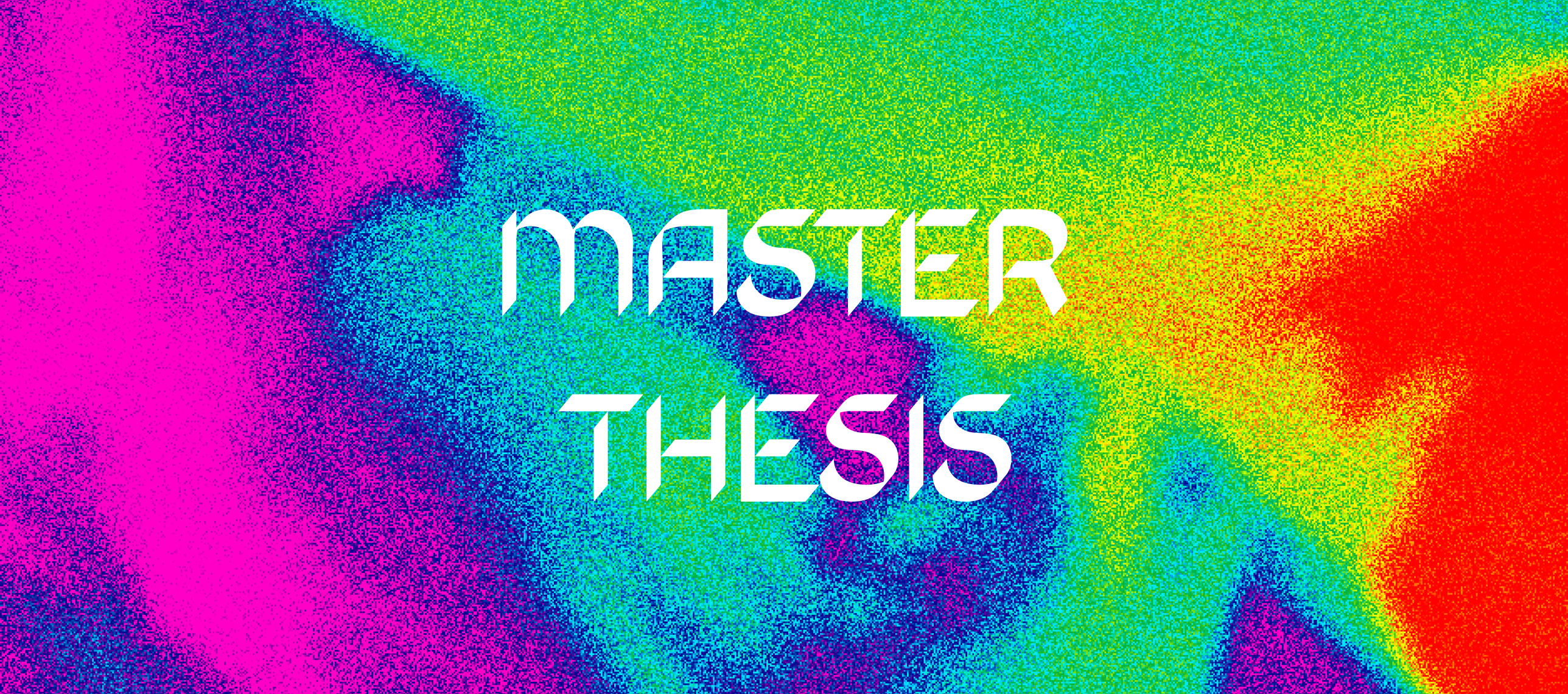
The Thesis project for my MSc in Human-Computer Interaction and Design looked at interactions between tangible devices and smartwatches to make museum exhibitions interactive and engaging. This centered around a narrative that the visitors follow along the exhibition, while using a smartwatch in conjunction with different physical devices. One of the driving principle was for the visitor to have a journey customized with the results of the different interactions. To test that I prototyped and evaluated a small narrative exhibit made of five stations with different interactions.
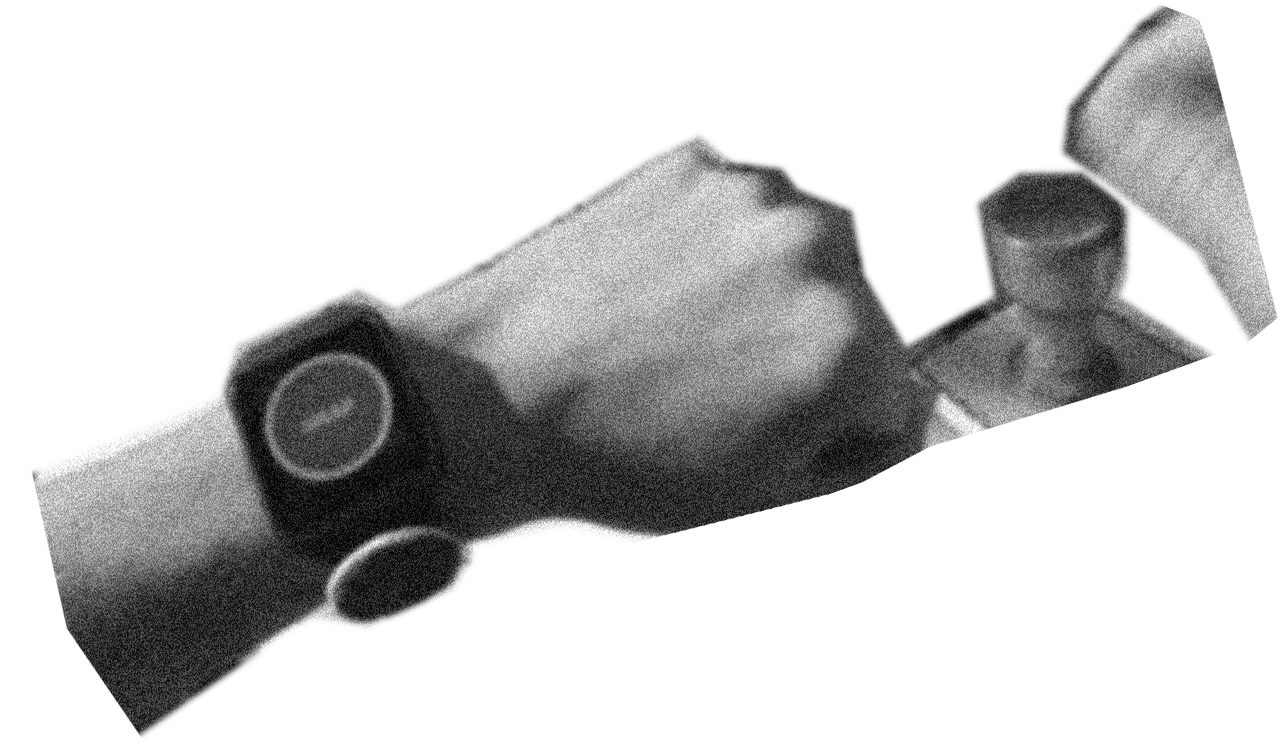
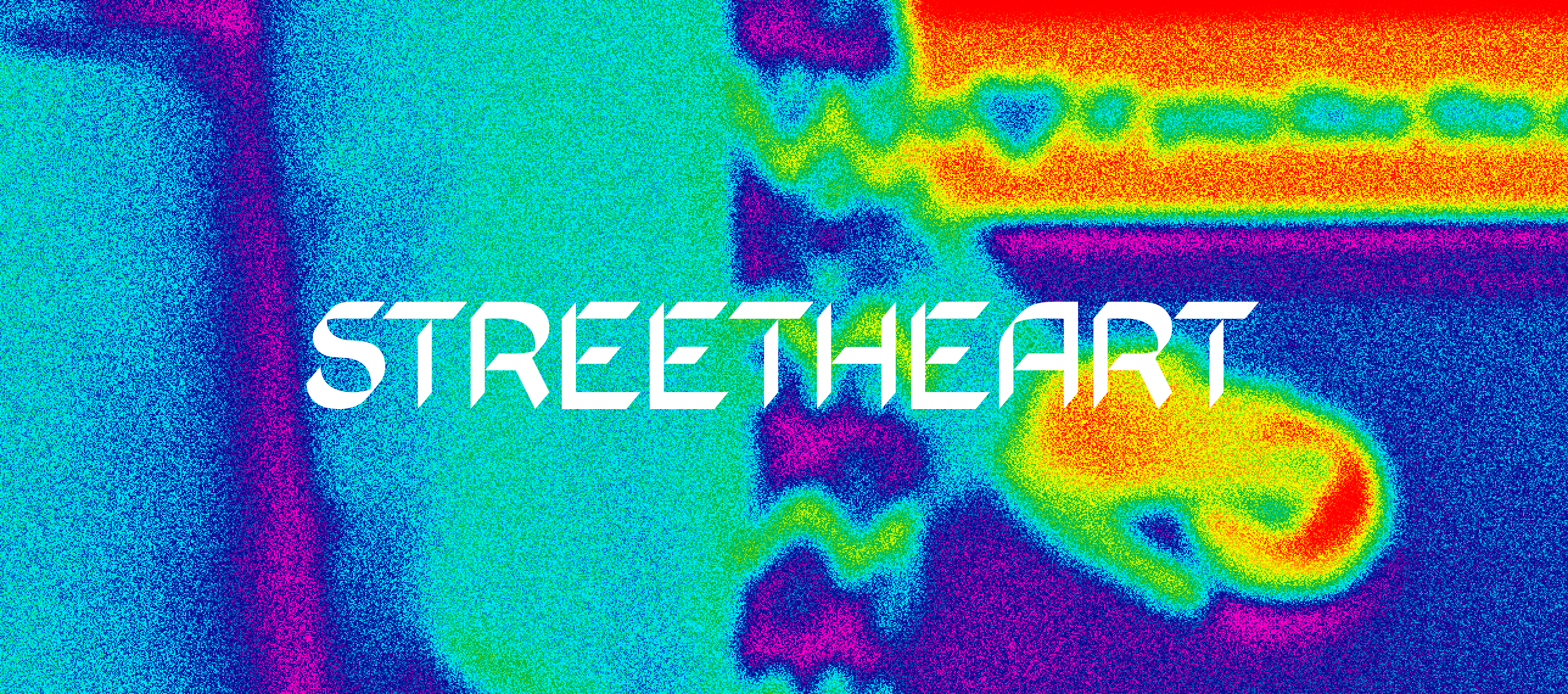
Streetheart is a multi-platform service, designed to bring exposure and revenues to homeless artists. It creates an ecosystem that allows artists to document their artwork in activity centres, and with the help of social workers, makes it available on for exposure on public displays and purchase in an online store. This project was our answer to the CHI Student Design Competition 2017. The subject of “levelling the playfield” had to be addressed by using Interaction Design Method.It was selected to be presented at the CHI 2017 Conference in Denver and made it to the final round of the Student Design Competition there.
